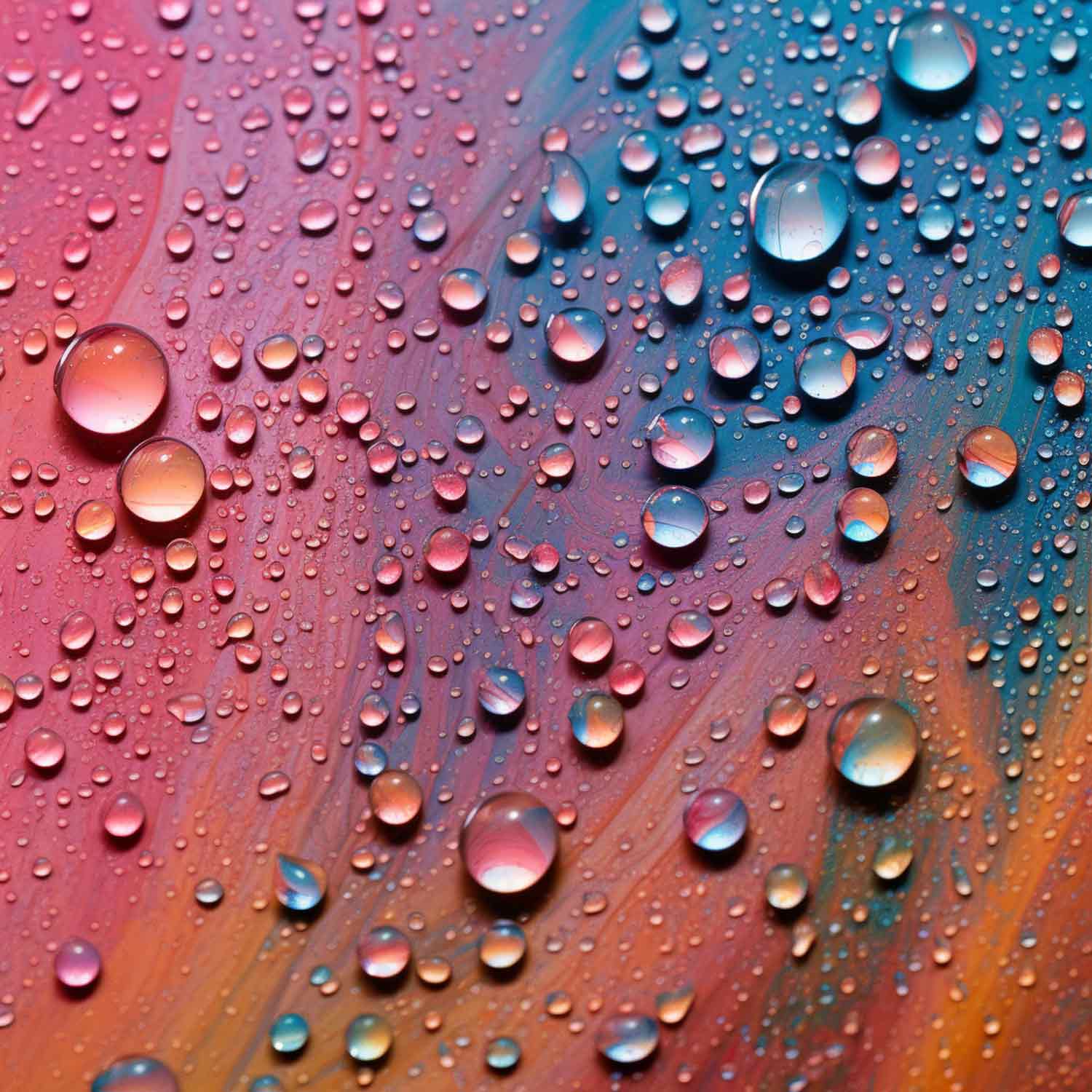Breathable paint has become a popular choice for homeowners and decorators alike, especially for those seeking a more eco-friendly and healthier alternative to traditional paints. While it is well known for its ability to allow walls to ‘breathe,’ a common question that arises is whether breathable paint is also waterproof. In this article, we will explore the characteristics of breathable paint, understand how it functions, and determine its waterproof capabilities.
Understanding Breathable Paint
Breathable paint is designed to allow water vapour to pass through it, preventing moisture from becoming trapped inside walls and subsequently causing dampness, mould, and other issues. This is particularly important for older buildings constructed with traditional materials, as it helps to maintain the structural integrity of the walls. Breathable paint is often associated with natural materials, such as lime-based paints or paints containing clay, which are porous and allow water vapour to escape.
Is Breathable Paint Waterproof?
It’s important to differentiate between breathability and waterproofing. Breathable paint allows water vapour to pass through it, but this does not mean it is permeable to liquid water. When applied correctly, breathable paint can offer a level of water resistance, protecting walls from rain and moisture ingress while still allowing water vapour to escape. However, it is essential to remember that this water resistance is not equivalent to the waterproofing provided by traditional paints or coatings.
The Balance between Breathability and Waterproofing:
The key to understanding the relationship between breathable paint and waterproofing lies in the paint’s ability to strike a balance between allowing water vapour to escape and resisting liquid water penetration. Breathable paint, when properly applied, can provide this balance, ensuring that moisture is not trapped within walls while also providing a barrier against rain and other external moisture sources.
Greenwashing and Genuine Breathable Paint:
As the demand for eco-friendly and breathable paint grows, it is crucial to be aware of ‘greenwashing’ by some big brand companies. These companies may market their products as breathable or eco-friendly when, in fact, they do not offer the same benefits as genuine breathable paints. To ensure that you are using a true breathable paint, look for products with a low SD value and those made from natural materials.
Conclusion:
Breathable paint can offer a degree of water resistance while still allowing walls to breathe, providing a healthier and more sustainable alternative to traditional paints. However, it is important to remember that this water resistance is not the same as complete waterproofing. When choosing a breathable paint, it is essential to select a genuine product with a low SD value and avoid greenwashed alternatives that do not offer the same benefits.
Further reading and resources:
Read more:
- Where to Buy Breathable Paint in the UK
- Is plaster breathable?
- Is breathable paint waterproof?
- Can breathable paint prevent mould?
- Breathable Paints For Lime Plaster – What do I need?
- What is Wall Breathability, and how does breathable paint help?
- Are all emulsion paints breathable? Your Guide to Choosing the Right Paint & SD Values
- Breathable Wall filler – How to use
- Breathable Natural Lime Plaster & Eco plasters
- Is Breathable Paint Waterproof? Exploring the Characteristics and Benefits

Hi! I’m Chris, the founder of The Organic & Natural Paint Co, and I’m focused on the education and promotion of natural non toxic alternatives to chemical laden everyday products that we just take for granted. We have a choice, and I want to raise awareness of alternative products that don’t actually harm us!
This company is my way of pushing the awareness of better indoor air quality, something that I am personally passionate about due to my own children’s breathing medical conditions. I just couldn’t paint with big brand standard petrochemical paint any longer and wanted another solution.
Read more: About me
Twitter: NaturalPaintCo
Instagram: thenaturalpaintco


